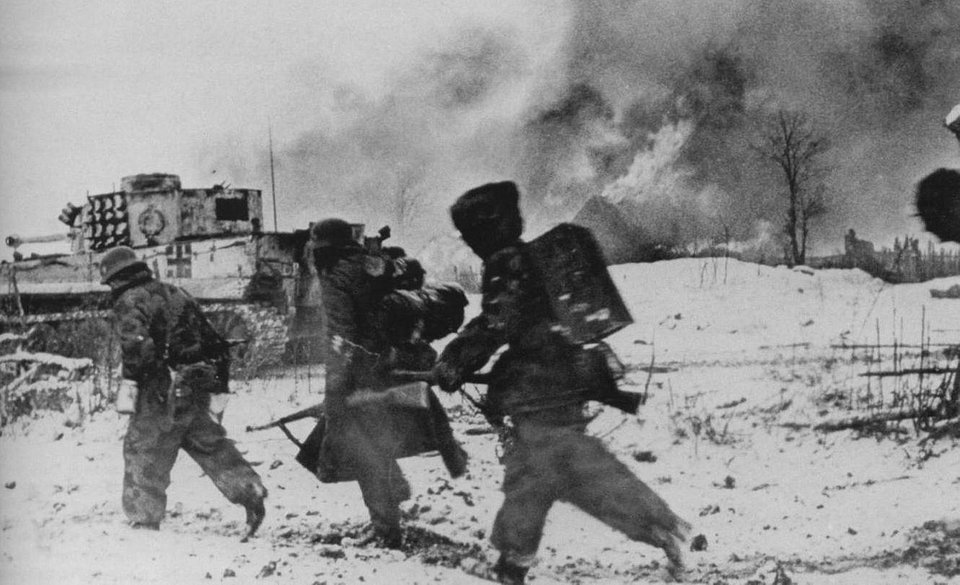
The fifth of Trevor Dupuy’s Timeless Verities of Combat is:
Initiative permits application of preponderant combat power.
From Understanding War (1987):
The importance of seizing and maintaining the initiative has not declined in our times, nor will it in the future. This has been the secret of success of all of the great captains of history. It was as true of MacArthur as it was of Alexander the Great, Grant or Napoleon. Some modern Soviet theorists have suggested that this is even more important now in an era of high technology than formerly. They may be right. This has certainly been a major factor in the Israeli victories over the Arabs in all of their wars.
Given the prominent role initiative has played in warfare historically, it is curious that it is not a principle of war in its own right. However, it could be argued that it is sufficiently embedded in the principles of the offensive and maneuver that it does not need to be articulated separately. After all, the traditional means of sizing the initiative on the battlefield is through a combination of the offensive and maneuver.
Initiative is a fundamental aspect of current U.S. Army doctrine, as stated in ADP 3-0 Operations (2017):
The central idea of operations is that, as part of a joint force, Army forces seize, retain, and exploit the initiative to gain and maintain a position of relative advantage in sustained land operations to prevent conflict, shape the operational environment, and win our Nation’s wars as part of unified action.
For Dupuy, the specific connection between initiative and combat power is likely why he chose to include it as a verity in its own right. Combat power was the central concept in his theory of combat and initiative was not just the basic means of achieving a preponderance of combat power through superior force strength (i.e. numbers), but also in harnessing the effects of the circumstantial variables of combat that multiply combat power (i.e. surprise, mobility, vulnerability, combat effectiveness). It was precisely through the exploitation of this relationship between initiative and combat power that allowed inferior numbers of German and Israeli combat forces to succeed time and again in combat against superior numbers of Soviet and Arab opponents.
Using initiative to apply preponderant combat power in battle is the primary way the effects of maneuver (to “gain and maintain a position of relative advantage“) are abstracted in Dupuy’s Quantified Judgement Model (QJM)/Tactical Numerical Deterministic Model (TNDM). The QJM/TNDM itself is primarily a combat attrition adjudicator that determines combat outcomes through calculations of relative combat power. The numerical force strengths of the opposing forces engaged as determined by maneuver can be easily inputted into the QJM/TNDM and then modified by the applicable circumstantial variables of combat related to maneuver to obtain a calculation of relative combat power. As another of Dupuy’s verities states, “superior combat power always wins.”

“German Army soldiers advance during the Third Battle of Kharkov in early 1943. This was the culmination of a counteroffensive by German Field Marshal Erich von Manstein that blunted the Soviet offensive drive following the recapture of Stalingrad in late 1942”
Interesting example, but Liedtke from RMCC argued that v.Mansteins success was to a large degree influenced by the insufficient strength and overextension of the opposing forces, thinned by the Stalingrad offensive.
Napoleon was probably the greatest advocate though.
And Sun Tze.
That is true but we risk ignoring that the German units, with the exception of Liebstandarte and Totenkopf, were as understrength as their Soviet counterparts.
Therefore, the timing and direction was crucial to the success of the double phase counteroffensive.